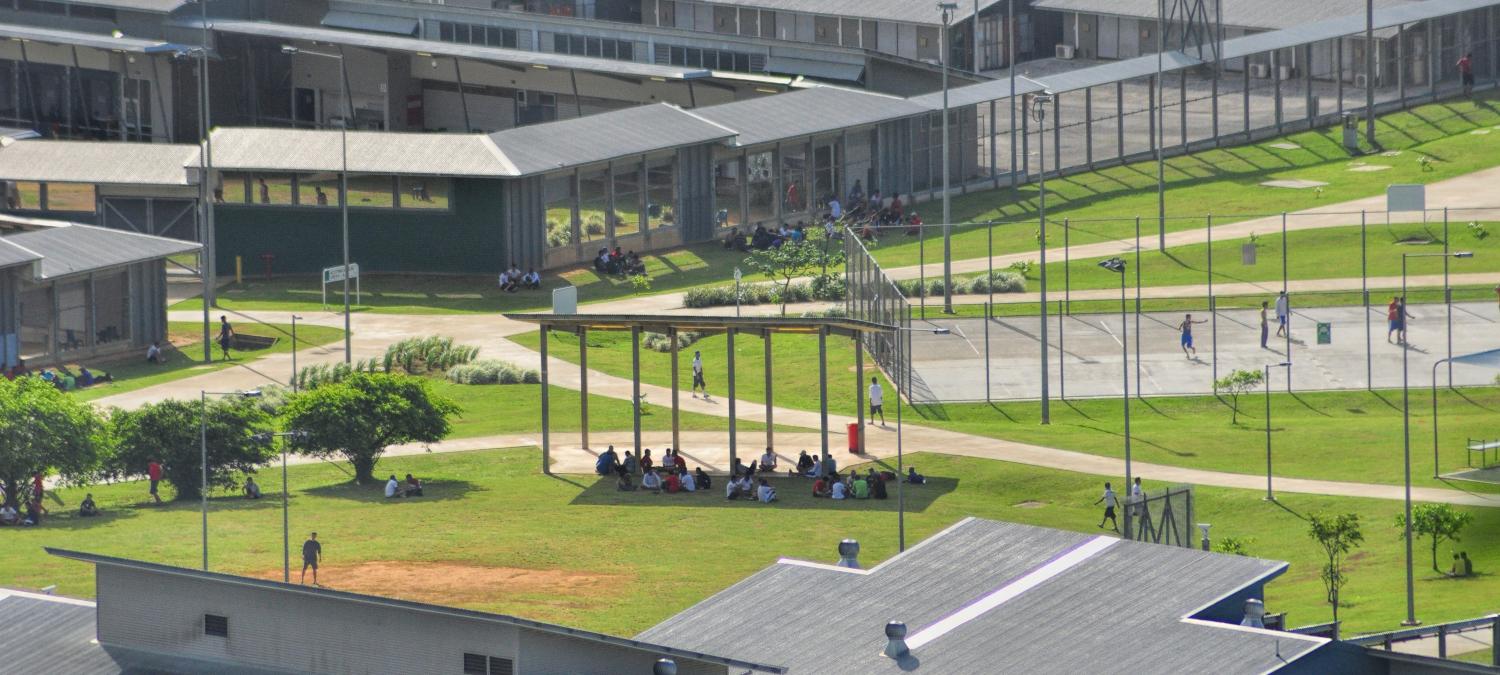Forcibly returning unwanted migrants is not only intuitively unpleasant, it is also one of the most difficult areas in the immigration policies of liberal states. Unwanted migrants (or unlawful non-citizens) include those who overstay or misuse their visas, and, most sensitively, what Australia's Department of Immigration and Border Protection terms ‘failed asylum seekers' – those who claim asylum but stay illegally after being rejected.
Different terms are used to describe the practice of involuntarily removing unlawful non-citizens. 'Deportation' is often preferred by academics and lawyers to refer to forcibly removing migrants. Some use 'deportation' only to refer to removing foreigners who committed crimes in the country of residence. 'Forced' or 'involuntary' return is also used, in contrast to when migrants return home voluntarily. 'Removal' is a newer term that implies executive expediency and efficiency, and is preferred by some bureaucracies including the Department of Immigration and Border Protection.
Another distinction is whether to use 'failed' or 'rejected' when referring to asylum seekers whose applications are unsuccessful. The former could suggest a justification for the removal (as it puts the onus on the asylum seeker) whereas the latter leaves explicit room for the potential arbitrariness of a country's asylum regime.
In a new Lowy Institute Working Paper, we review the current removal policy for failed asylum seekers in Australia and compare it with the United Kingdom and Canada in order to draw out policy implications for Australia.
In theory, 'genuine' refugees are admitted in a timely manner and integrated into society. Those whose claims fail go home. In reality, however, it can take several years to complete the entire process of claiming asylum while the applicants build social and sometimes familial and professional ties in Australia. When they finally receive a rejection, many are unwilling to go home, or have nowhere to return to. Their countries of origin may not want them back. What should host governments do?
While it's preferable that failed asylum seekers return home voluntarily, ultimately it is the state's responsibility to ensure that they do not stay unlawfully. The international protection regime is not limited to people who we accept as refugees, but must also grapple with what to do with the people whose claims we reject.
Amid the growing crisis in global governance for protecting migrants and refugees, a consistently enforced yet humane policy of returning rejected asylum seekers has become ever more important.
Between 2010 and 2016, Australia doubled the number of removals of failed asylum seekers from 877 to 1752 per year. The rate of removals to finally rejected asylum claims also rose from 30.7% to 35.4% during this period. However, beyond the increase in numbers and rate, the policy faces several challenges.
First, given the notion that forcibly removing people out of a country fundamentally challenges liberal norms of modern Western states such as Australia, success in this area is highly difficult to define. Although the process of removal is carried out through legal means, enforcing the policy requires a form of coercion against people's will and for that reason can cause physical and mental harm to migrants who are finally returned. Any human error in the enforcement of this policy can have detrimental effects on the individuals directly affected by the policy and their families.
Second, the current process of seeking asylum in Australia is extremely lengthy. Asylum seekers often wait two to three years for a final decision. There is currently still a backlog of more than 24,000 claims waiting to be processed after the influx of applications in 2012-13. While waiting, those who stay in the community form ties to Australia. When their claims are finally rejected, there is a chance they may disappear into the community and become invisible 'aliens' who live in constant fear of being deported.
Third, the length of time migrants are held in Australia's immigration detention centres is also exceedingly long. By the end of 2016 the average time spent in detention was 484 days. A quarter of those in immigration detention centres spend more than two years there. Children in detention do not receive proper education beyond primary level or adequate healthcare.
The UK and Canada have made concerted efforts to speed up the process of seeking asylum. There are some critical lessons to be learned from their experience. In the UK, Tony Blair's government developed a New Asylum Model that heavily invested resources into processing asylum claims and deporting rejected applicants. In Canada, Stephen Harper's government set administrative deadlines on each step of the asylum process. After the 2010-2012 reforms, Canada significantly reduced the time it took to deport rejected asylum seekers after issuing a final decision, down from an average of one and a half years.
Both countries also managed to keep the length of time asylum seekers spent in immigration detention relatively short. Canada's independent Immigration and Refugee Board conducts compulsory reviews of immigration detention with the power to order that a person be released. The UK did quadruple the capacity of its detention centres, but its emphasis on swift processing meant a constant flow of people in and out of detention.
Fourth, countries like Australia face challenges when asylum countries of origin do not co-operate. Countries of origin do not always accept returned failed asylum seekers who lack travel documents, or whose identity cannot be verified. Signing readmission agreements can help, but implementation is key. Returns can be tied with rehabilitation and development programmes, but this requires a whole-of-government approach involving foreign affairs, trade, development, business, community engagement and counter-terrorism. Immigration bureaucracies alone cannot solve the various developmental and security issues in countries of origin.
In a time of increasing forced and mixed migration around the world, a sound removal policy is needed more than ever. This topic is often overshadowed by discussion of increasing Australia's humanitarian intake. But just as important as the number of refugees we accept is the question of what to do with asylum seekers we reject. Swift removal after rejection may sound harsh, but may be more humane than allowing migrants to stay precariously in the community or in long-term detention.

